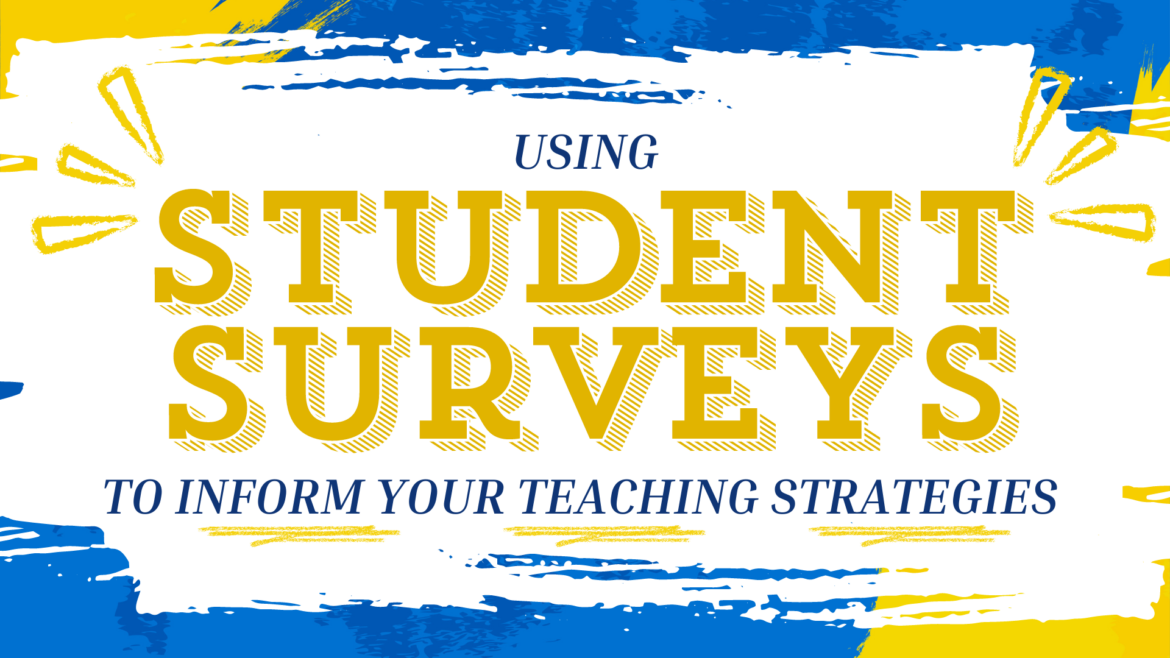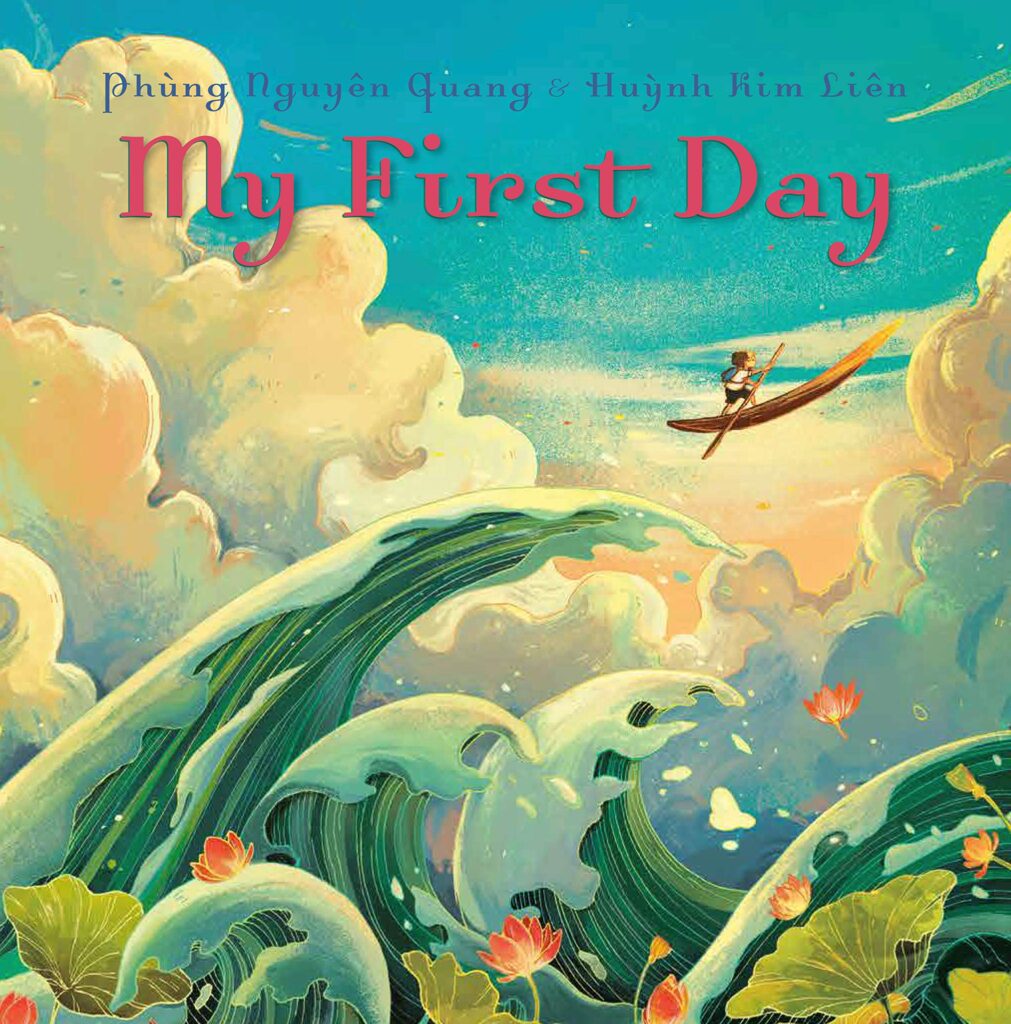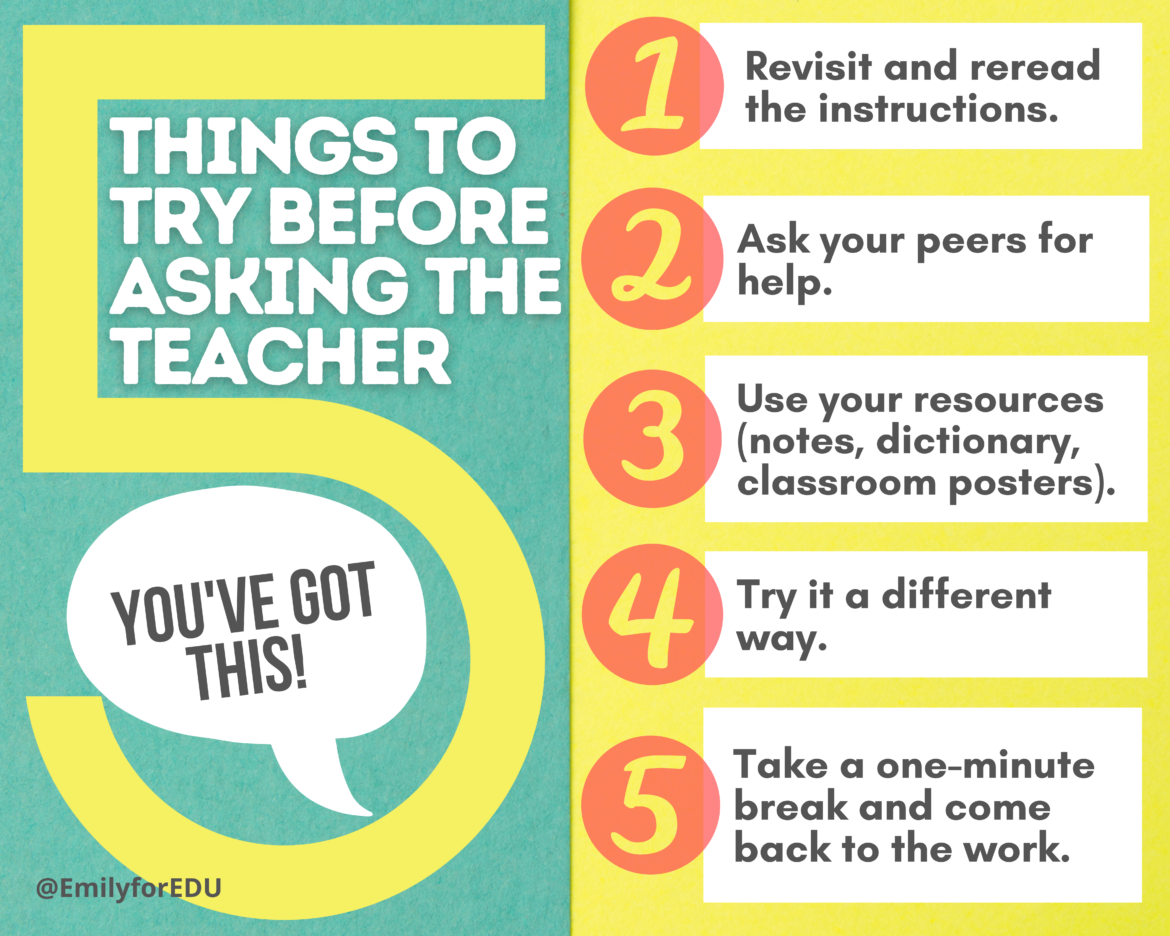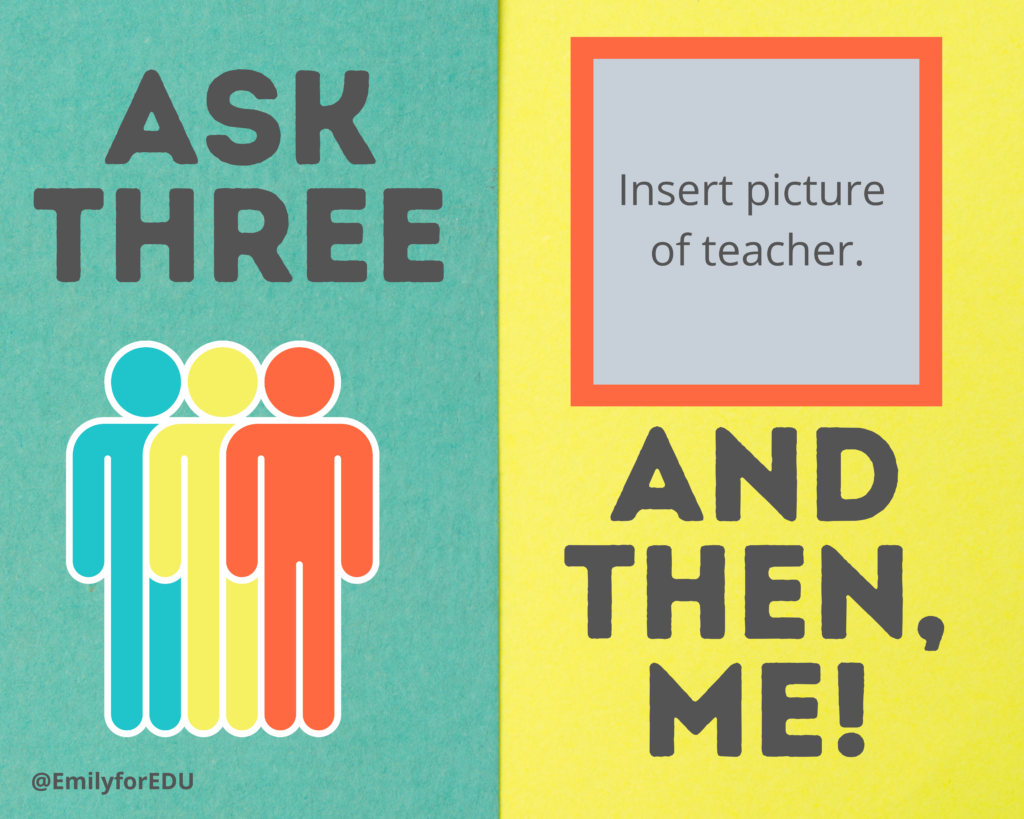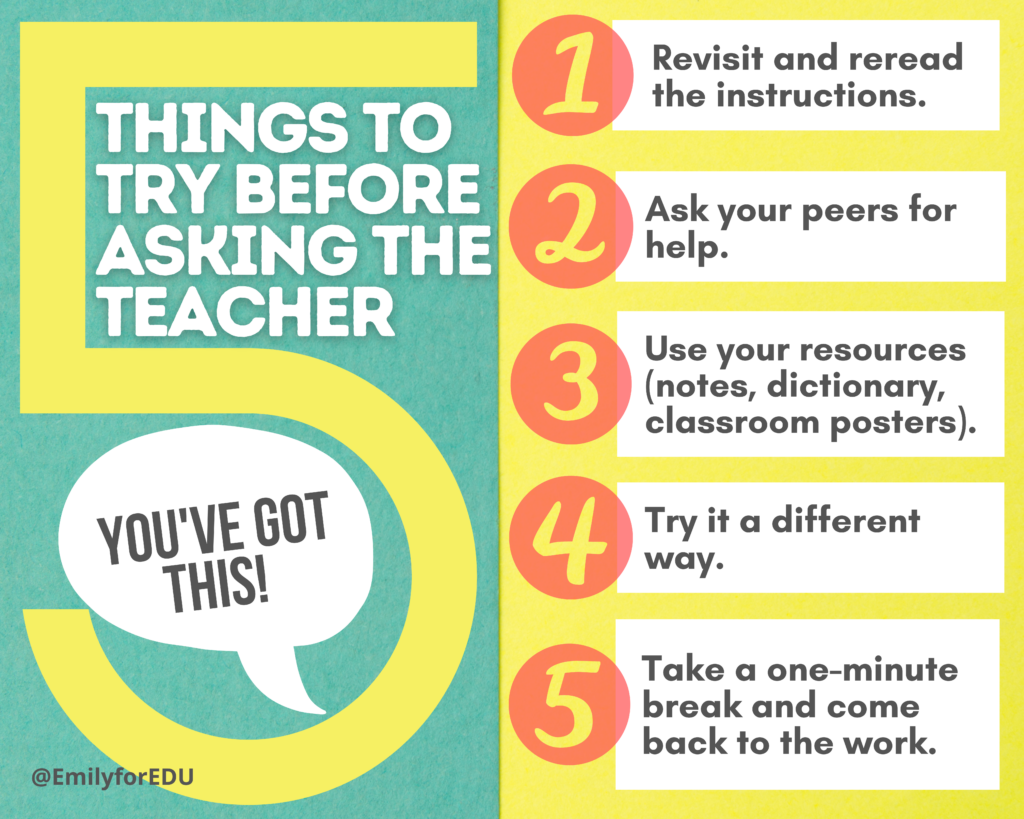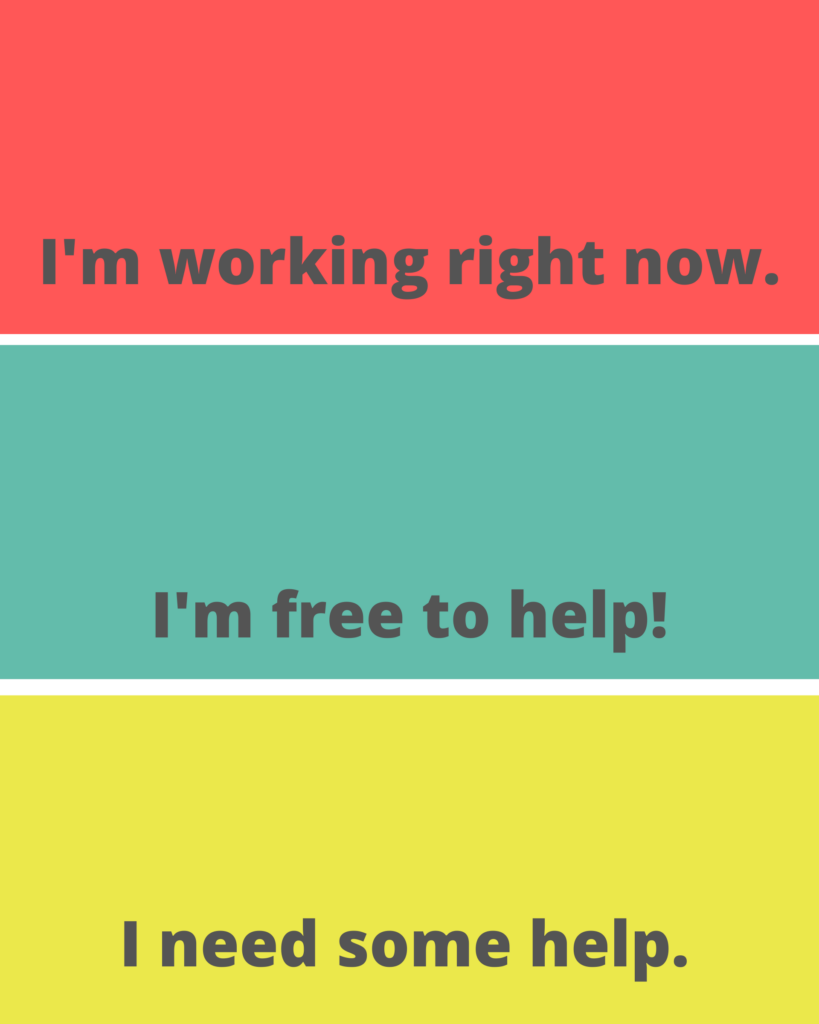As textbooks are returned and devices stored away, the last week of school provides a unique opportunity to step back from content delivery and create space for something equally valuable: reflection. This transitional time allows students to process their growth, celebrate achievements, and mentally prepare for what’s next. I remember as it got closer to the last week of school that I had to plan ahead knowing that many of the resources I relied on—textbooks, library materials, Chromebooks and other devices—were already checked in. I needed to pivot to more traditional teaching methods while still keeping learning relevant and engaging for students eager for summer. The end-of-year reflection activities and resources shared below are designed for exactly this scenario, helping you create meaningful closure even as your classroom resources dwindle.
The Power of End-of-Year Reflection Activities

Reflection isn’t just a nice activity to fill time—it’s a critical component of the learning process. When students take time to thoughtfully consider their educational journey, they solidify their learning by revisiting key concepts and making deeper connections. This process develops crucial metacognitive skills as they analyze their own progress and understand how they learn best. Additionally, acknowledging growth builds confidence that extends beyond academic achievements into their identity as capable learners. The reflection process creates meaningful closure for the current academic year while simultaneously setting intentions that bridge to future learning experiences, ensuring continuity rather than disconnected educational episodes.
A Framework for Meaningful Reflection
To help structure these valuable final days, I’ve developed end-of-year reflection activities and a subsequent readiness checklist that guides students through four key reflective areas. The checklist features engaging emoji icons for each section (📘 for learning, 🌱 for growth, 🎯 for looking ahead, and ❤️ for celebration) that make it visually appealing and help students connect with the content. You can download this ready-to-use resource at the end of this blog, or adapt it to better suit your classroom’s specific journey.
1. Reflect on Learning
This section encourages students to identify specific learning achievements, acknowledge academic challenges they’ve overcome, and highlight meaningful projects. By naming these experiences, students reinforce their sense of accomplishment and resilience. Teachers might adapt this section by providing subject-specific prompts that reference major units covered throughout the year. For younger students, consider simplifying the language and offering a word bank of achievements to choose from. High school teachers might add a question about how specific learning connects to future career interests or college plans. You could also incorporate a visual component by having students create a “learning journey map” to supplement their written reflections.
2. Recognize Growth
Here, students consider their development beyond academic content—focusing on study skills, meaningful feedback, and personal goals. This broader view helps them see progress that standardized assessments might miss. Teachers can customize these questions by adding specific social-emotional learning components relevant to your grade level or classroom culture. Consider adding a peer feedback component where students acknowledge growth they’ve observed in classmates. For students who struggle with self-reflection, you might provide sentence starters or specific examples from your observations of their growth. Special area teachers might modify these questions to focus on discipline-specific skills development in areas like music, art, or physical education.
3. Look Ahead
Rather than simply celebrating the end, this forward-looking section helps students establish continuity between academic years. By setting intentions and naming questions, students begin mentally preparing for their next chapter. Teachers can enhance this section by inviting guest speakers from the next grade level to address common questions, or by creating a video with current students sharing advice for incoming students. Consider adding questions that address specific transitions your students will face, whether it’s changing buildings, preparing for standardized testing, or moving to a departmentalized schedule. For students with anxiety about transitions, you might add questions focusing on existing strengths they’ll carry forward or provide a space to express specific concerns that you can address before the year ends.
4. Celebrate the Year

The final section creates space for joy and anticipation—honoring special memories while looking forward to the rejuvenation summer brings. Teachers might expand this section by creating a collaborative digital slideshow where students contribute their favorite memories alongside photos from class events. Consider adding a question about what students are grateful for from their year together to foster a positive classroom community until the final day. For older students, you might include a prompt about how they plan to maintain friendships or academic skills over the summer. This section can also be modified to include a community-building component where students share appreciation for classroom helpers, staff members, or community partners who enhanced their learning experience.
Implementation Strategies
Consider these approaches when using the reflection checklist with your students:
- Create a reflective environment: Dim the lights, play soft instrumental music, and give students comfortable spaces to write.
- Model reflection: Share your own end-of-year reflections as an educator before asking students to complete theirs.
- Offer choices: Allow students to respond through writing, drawing, or even recording audio reflections.
- Make it social: After individual reflection time, create structured opportunities for students to share selected reflections in pairs or small groups.
- Send it forward: Consider collecting these reflections and returning them to students at the beginning of next year, creating a powerful continuity.
Beyond the Checklist
While the structured reflection provides a foundation, consider extending the experience with these complementary activities. These extensions create memorable moments that solidify the year’s learning journey and help build a strong classroom community even as the year winds down. They also provide tangible artifacts that students can revisit later, making the learning and growth more concrete.

Time capsule letters: Have students write letters to their future selves that you’ll deliver next year. Guide students to include specific hopes, questions, and advice for their future selves, perhaps using sentence starters like “By this time next year, I hope I’ve…” or “Here’s what I want to remember about who I am right now…” Seal these in envelopes with students’ names and a “Do Not Open Until…” date, then store them somewhere safe. Consider including small artifacts like a class photo or a list of current favorites (songs, books, activities) to trigger memories when opened.
Class yearbook: Create a simple digital collection of photos and memories from your shared year. Use platforms like Google Slides, Padlet, or Canva where each student can design their own page with highlights, favorite moments, and messages to classmates. Include special sections for class achievements, funny moments, field trips, and projects that transformed the classroom environment. This becomes both a collaborative project and a keepsake that bridges the school-home connection, allowing families to see the year through their child’s eyes. To save time, refer to the Google Slides template available for download below that includes sample student pages to help you get started quickly.
Appreciation circles: Facilitate structured opportunities for students to acknowledge each other’s contributions. Begin with clear guidelines about specific, sincere compliments that focus on actions and character rather than appearances. Consider using a “compliment carousel” where students rotate through partnerships, or try a “secret affirmer” activity where students anonymously write affirmations for classmates that you verify and distribute. These activities build emotional intelligence and reinforce the value of noticing others’ positive attributes, skills that extend far beyond the classroom.
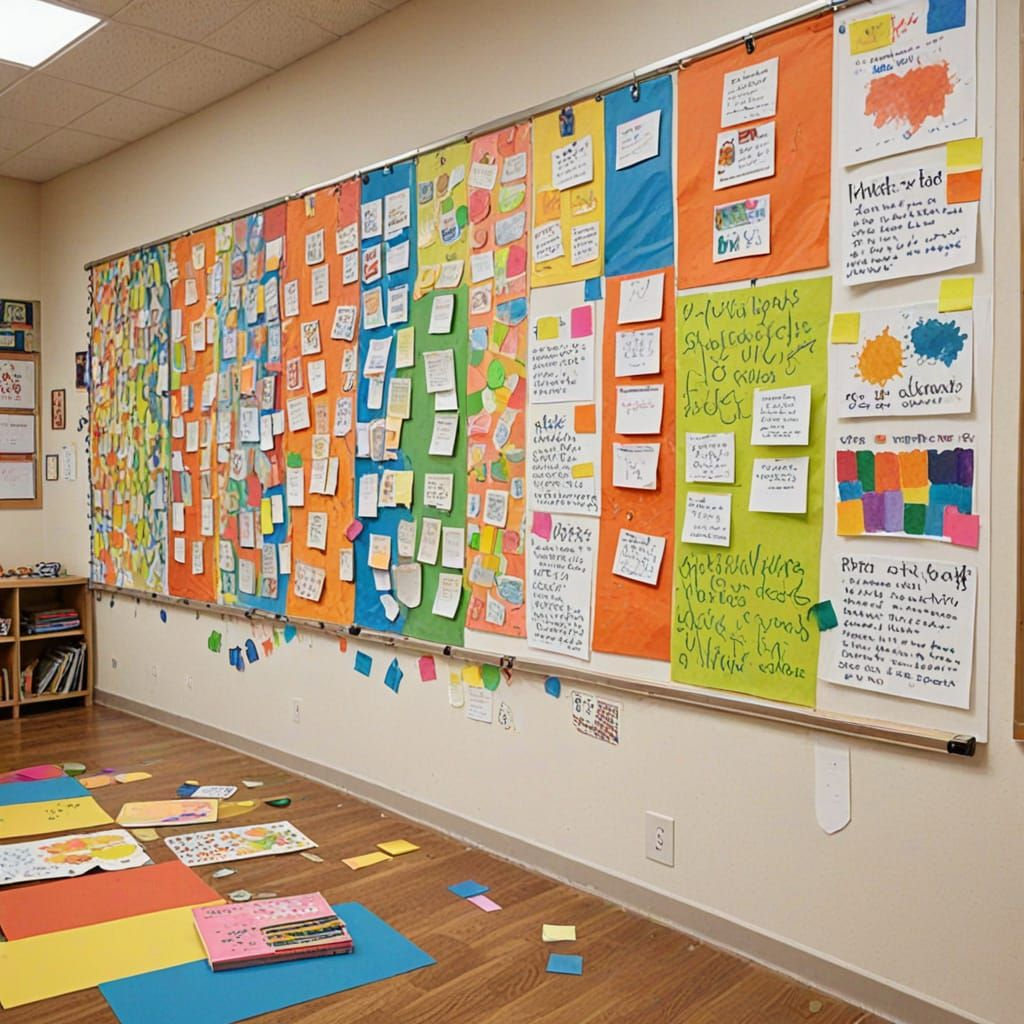
Visual timelines: Create a collective representation of the year’s journey, highlighting key moments. Start with a large paper timeline along a hallway or around the classroom where students add illustrations, photos, and brief written reflections about significant learning milestones and class events. For digital classrooms, create a shared presentation where students can add slides for each month or unit, incorporating screenshots of projects, quotes from discussions, and reflections on how their thinking evolved. This visual representation helps students see patterns in their learning journey and recognize how far they’ve come since the first day of school.
Final Thoughts
The end of the school year isn’t just about finishing—it’s about helping students integrate their experiences into their developing identities as learners. By creating intentional space for reflection with these end-of-year reflection activities, you help them recognize their journey and prepare for what’s ahead.
Free Resources to Download
To help you implement these reflection practices in your classroom, I’m sharing two resources that are ready to use:
- Student End-of-Year Reflection & Readiness Checklist – A structured, student-friendly worksheet with emoji icons to guide reflection across four key areas. Print and distribute to your students during your reflection sessions.
- Student Yearbook Template – Get a headstart on creating your class’s Student Yearbook by using this Google Slide template created just for you. Two student slides have been given as samples to guide your class in designing their own personalized pages. The template includes space for photos, memories, achievements, and special moments from throughout the year.
Both resources are designed to save you valuable planning time during these busy final weeks while still creating meaningful closure for your students.
How will you use these final meaningful days with your students? The end of the school year represents a unique opportunity to solidify learning, celebrate growth, and create lasting memories that students will carry forward. I encourage you to share your own end-of-year traditions and reflection activities in the comments below—your creative ideas may inspire fellow educators looking for fresh approaches to close out their school year with intention and purpose. Let’s build a collection of thoughtful practices that honor the journey students and teachers have taken together!


